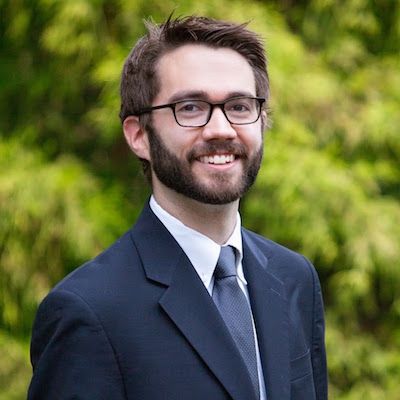Article
NORD Director of Federal Policy Emphasizes Patient Engagement
Author(s):
Paul Melmeyer, Director of Federal Policy for the National Organization for Rare Disorders (NORD) wants to do his part to ensure that the proper choices are being made on behalf of people affected by rare diseases.

In 2008, Rare Disease Day was recognized by a mere 18 countries, most of which were in Europe.
A decade later, more than 90 countries observed Rare Disease Day 2018, and nearly 500 events were held worldwide. Five new countries celebrated this year, including: Togo, Ghana, Trinidad and Tobago, Cape Verde, and The Syrian Arab Republic.
At the state level, on March 5, the New Jersey Rare Disease Alliance hosted its Rare Disease Day observation at the NJ State Museum in Trenton, and were joined by Paul Melmeyer, Director of Federal Policy for the National Organization for Rare Disorders (NORD). As his title would suggest, Melmeyer works primarily on federal policy, however, when given the opportunity to visit with local decision makers, he wants to do his part to ensure that the proper choices are being made on behalf of people affected by rare diseases.
At the event, Melmeyer participated on a panel titled “Effective Advocacy — Real World Advice,” where he shared his thoughts on why it’s so important for patients and their family members to become involved in the law-making process.
“It’s so incredibly important for patients to get involved in state policy, but also federal policy, and for various reasons,” Melmeyer said. “One is that the patient voice is uniquely powerful. A patient and his or her loved ones can tell the story of the experiences of having a rare disease better than anyone else — including the advocates or any doctor. Having a patient or their family member actually in the room as lawmakers are considering next steps is an impactful opportunity for the legislator, regulatory individual or administrator to see things firsthand as they’re considering various different policy options.”
Since Scott Gottlieb’s induction as the U.S. Food and Drug Administration (FDA) Commissioner in early 2017, the regulatory authority has made significant strides in prioritizing patient engagement as part of the process for clinical development. This morning, it was announced that the FDA is planning to meet with a pair of advocacy groups next month with the hope of discovering learning from individuals before designing potential therapies or their associated clinical trials.
Still, despite 2017 being a record year as it pertains to having drugs for rare diseases approved by the FDA (79; previous high was 39), Melmeyer knows that there is a long way to go.
“Having patient voice involved in the conversation is especially needed right now. While we have made a substantial advancement in progress pertaining to the number of treatments that are being developed for those with rare diseases, we still have 95% of rare disease patients without any approved treatments. There’s still such a great amount of need within the rare disease patient community. Patients and their loved ones are uniquely capable of describing that situation.”
What’s happening with lawmakers in Washington D.C., though, Melmeyer describes as “A Tale of Two Cities.” While there are different pieces of legislation catered specifically to make progressive changes beneficial to the rare disease community, there are also plenty of threats to that potential progress.
“Through the Precisions Medicine Act, we can expand access to more advanced diagnostics, such as genome and exome sequencing. As part of the Rare Act, we can actually reinvest federal dollars into programs for rare diseases through programs at the NIH and other federal agencies. We also have the Open Act, which would expand the number of therapies that have rare indications so that individuals have more access to those therapies, and would allow an expansion of coverage to medical nutrition and foods to those who are required to have them to sustain themselves.”
“Unfortunately, we have to play a lot of defense, especially as it pertains to access of care. Every day, we see threats to Medicaid and the federal funding of it. We see threats to access for those with preexisting conditions. We also see threats to access of medically-necessary care. There are conversations happening, both in Congress and in regulatory bodies, and there is the potential for a great amount of harm to be done by both to those with rare diseases.
If the audience to which Meylmeyer spoke on Monday — which was said to have tripled in size from the previous year – was any indication, lawmakers will face plenty defense in 2018, too, before any decisions impacting the rare disease community are made.
--
For more on Rare Disease Report’s coverage of Rare Disease Day 2018, follow RDR on Facebook and Twitter.




